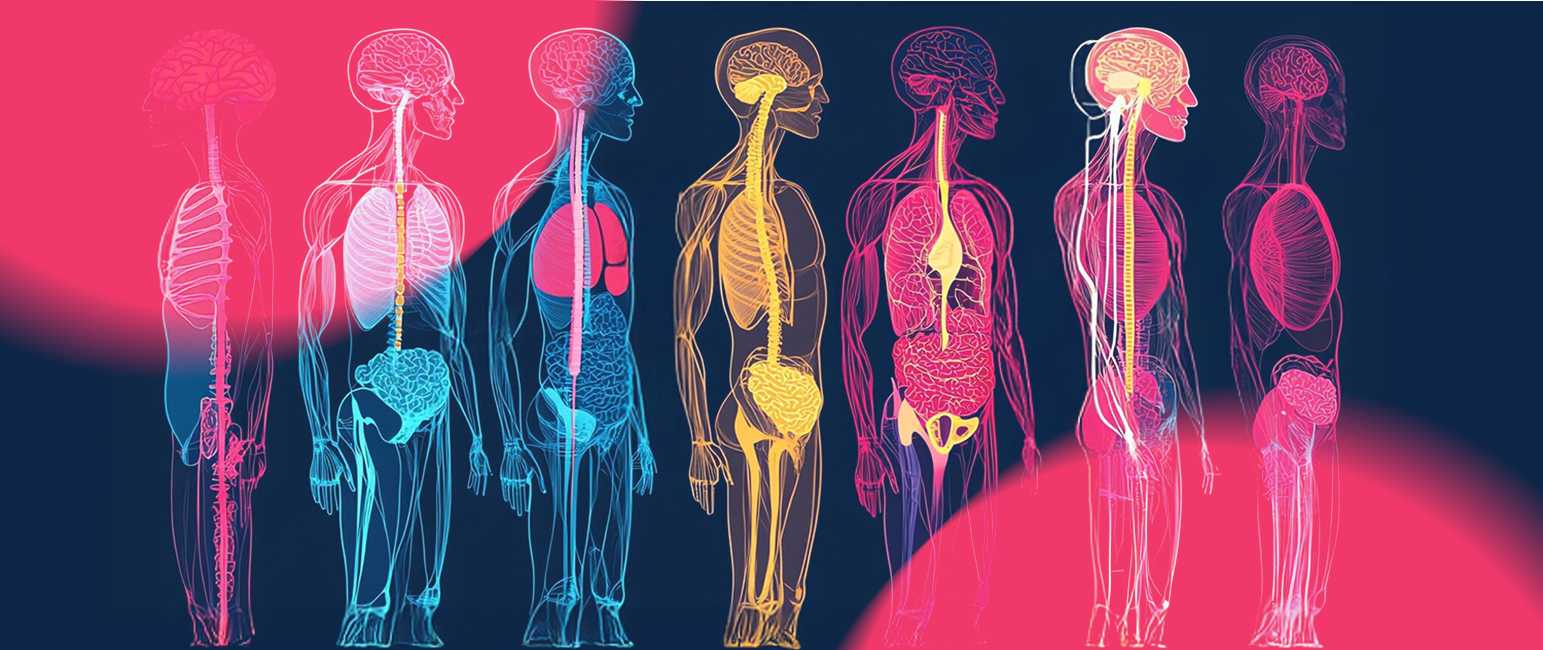Greetings to all fellow seekers of healing and self-discovery!
You may have heard the phrase “the jaw is connected to the pelvis”—but what does that really mean? At first glance, these two areas seem unrelated, yet they share deep anatomical, fascial, and even emotional ties.
The state of your pelvis can influence your jaw (and vice versa), leading to tension, pain, or imbalances. Let’s explore why this happens and what you can do about it.
1. The Fascial Connection: A Web of Tissue Linking Jaw to Pelvis
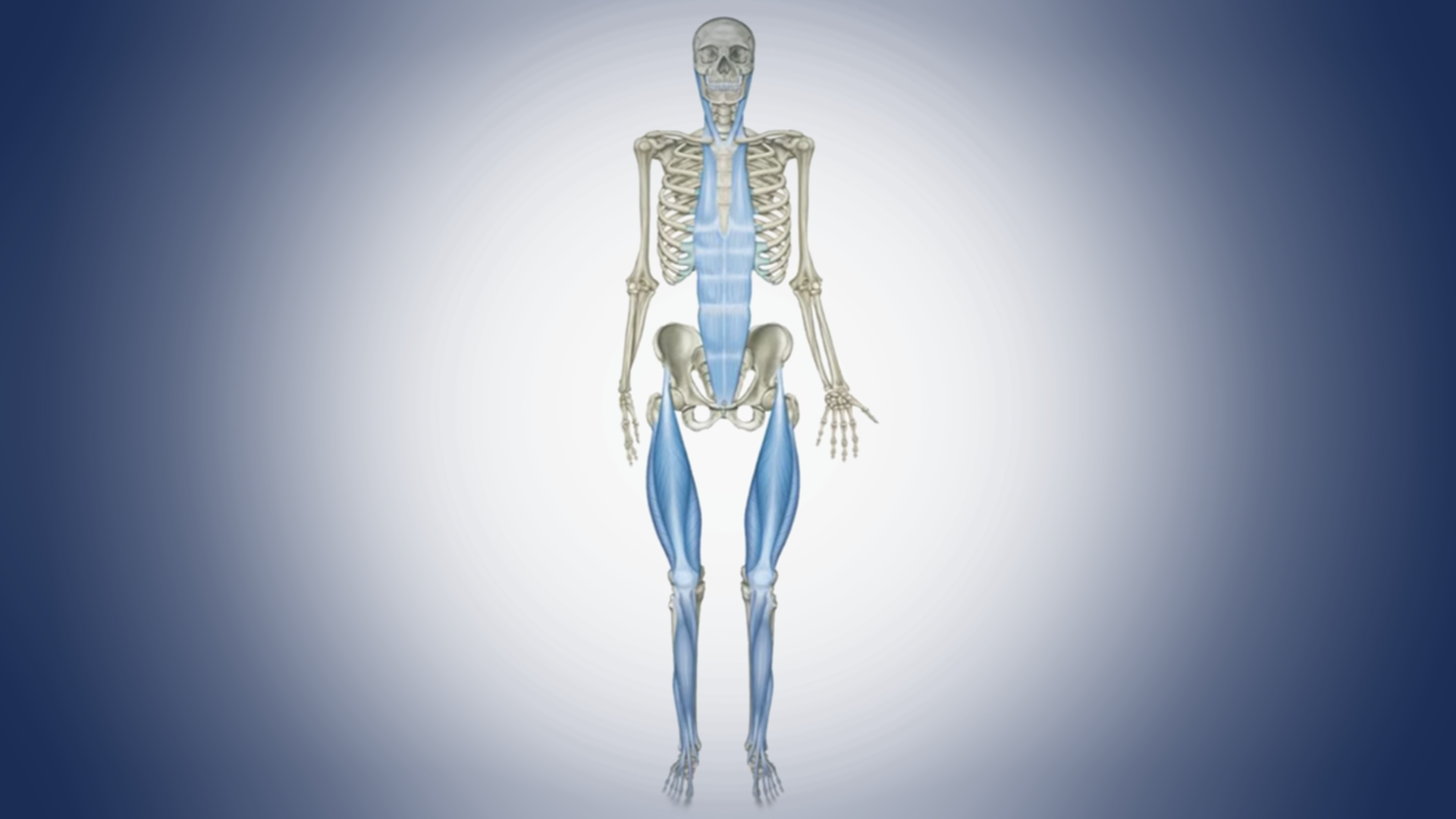
Fascia is the body’s connective tissue—a continuous web that wraps around muscles, organs, and bones. According to Anatomy Trains by Tom Myers, a fascial line called the "Deep Front Line" connects the jaw to the pelvis.
Both the jaw and pelvis are midline structures, meaning they have symmetrical left and right sides. If one side of your pelvis is tight or misaligned, the same side of your jaw may also tense up as the body compensates.
This is why:
• A rotated pelvis can contribute to TMJ (jaw) dysfunction.
• Chronic jaw clenching may lead to pelvic floor tension.
Key Take away: Your body operates as an interconnected system—tension in one area can ripple to another.
2. Embryology: The Jaw and Pelvis Started as One
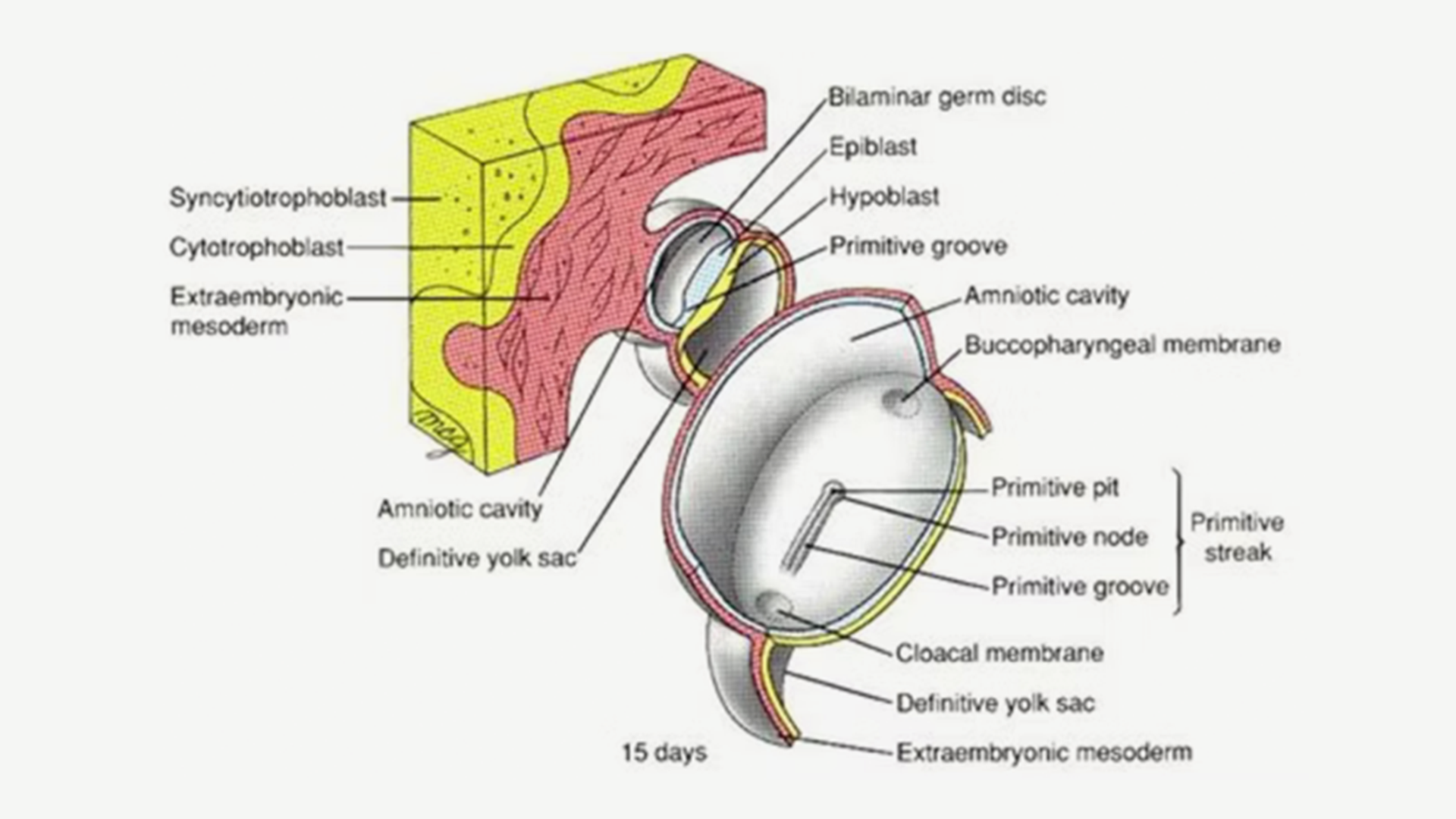
Before you were fully formed, you were just a cluster of cells. Around 15 days after conception, a process called gastrulation began shaping your body. Two key indentations formed:
• Buccopharyngeal membrane → became the mouth and jaw.
• Cloacal membrane → became the pelvic floor and openings for digestion, reproduction, and urination.
This means your jaw and pelvis originated from the same embryonic tissue. Even as adults, they retain a developmental link.
3. Structural Similarities: Two "Bowls" of the Body
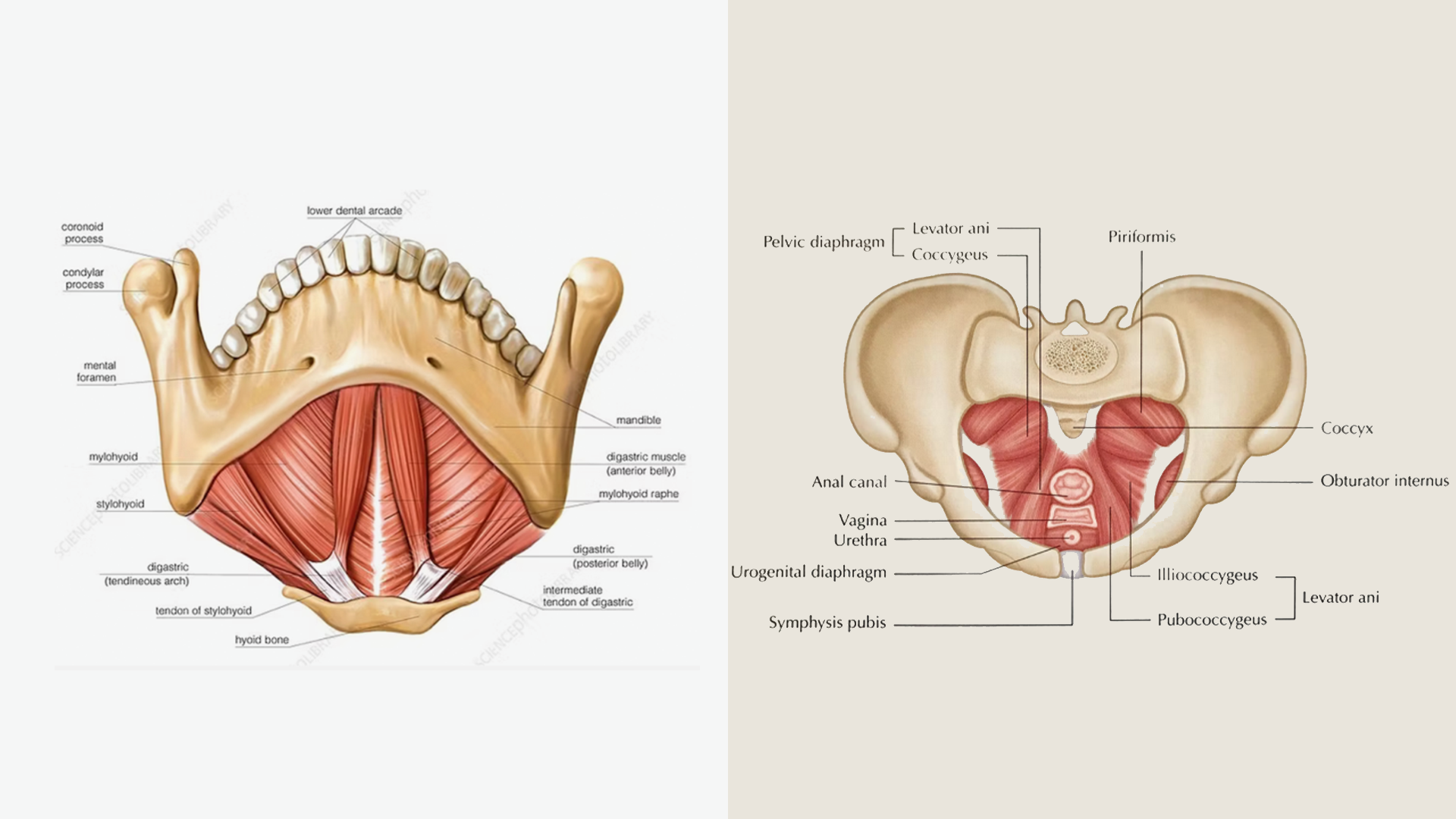
The jaw and pelvis share striking structural and functional similarities:
• Both act as muscular "bowls" – The jaw houses the mouth, teeth, and tongue, while the pelvis contains reproductive organs, the bladder, and rectum.
• Both have key joints – The temporomandibularjoint (TMJ) controls jaw movement, while the sacroiliac joint(SI joint) stabilizes the pelvis.
• Both are influenced by daily habits – Chewing, speaking, and breathing affect the jaw, while posture, walking, and sitting impact the pelvis.
• Both have diaphragmatic functions – The hyoid muscles under the jaw act like a "cervical diaphragm," while the pelvic floor functions as a lower-body diaphragm.
When one area is tight or restricted, the other often compensates. For example:
• A clenched jaw can contribute to a tight pelvic floor.
• Hip misalignment may lead to uneven tension in the TMJ.
4. Stress Response: Where Emotions Get Stored
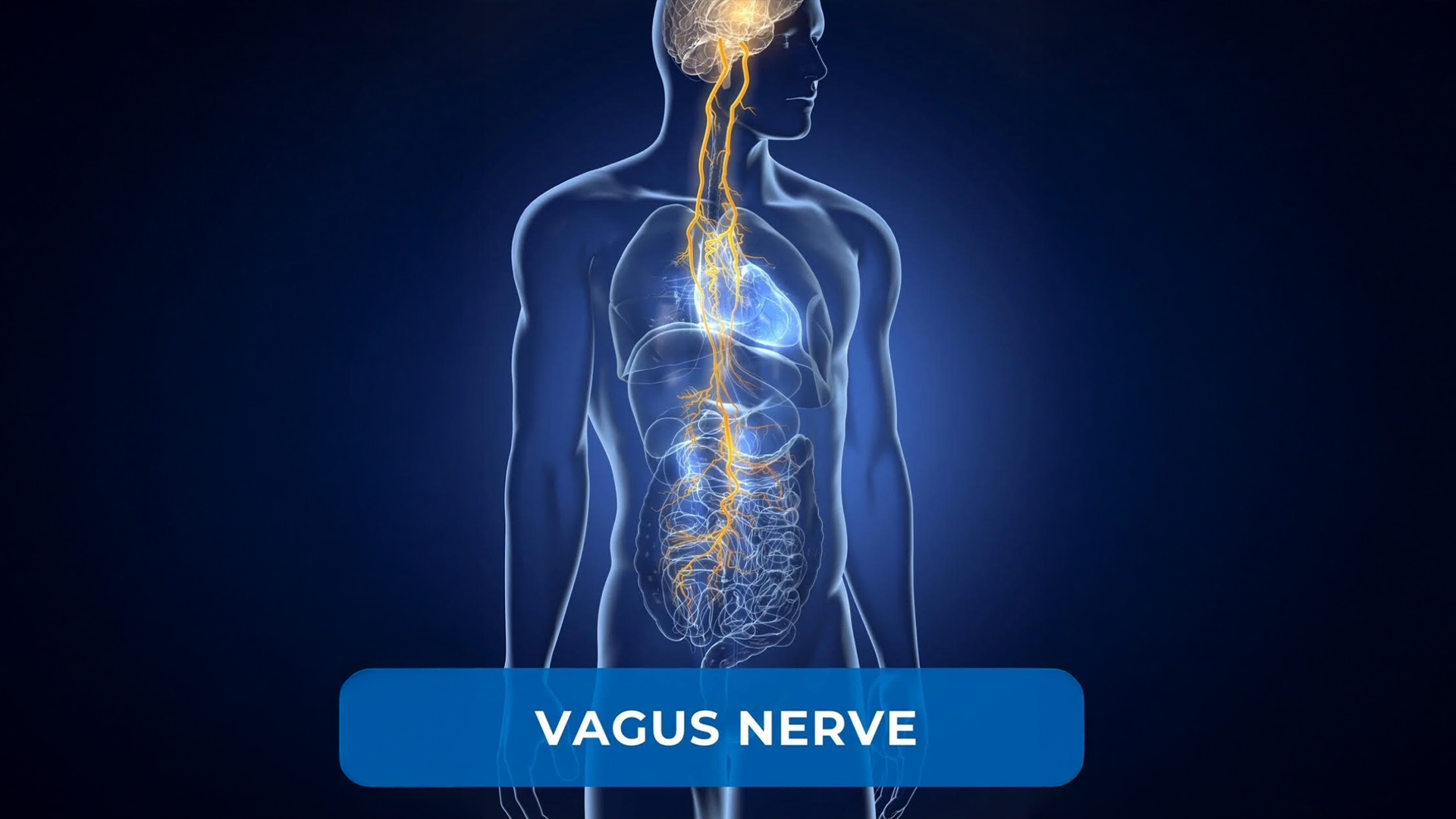
Stress, anxiety, and trauma often lodge in the jaw and pelvis due to their connection with the nervous system:
• The vagus nerve (X) and trigeminal nerve (V) influence both areas.
• Jaw clenching is a common stress response (ever grind your teeth at night?).
• The pelvic floor tightens during fear or anxiety (think "gut-wrenching" emotions).
This is why:
• Chronic stress → TMJ disorders + pelvic floor dysfunction.
• Releasing one area (through MER bodywork, Biodynamic Breathwork or Myofascial Unwinding) can relax the other.
Exercises to Release Jaw & Pelvis Tension
If you suspect tension in one area is affecting the other, try these techniques:
1. Mindfulness Meditation
• Sit comfortably, take deep breaths.
• Focus on softening your jaw with each exhale.
• Then, shift attention to your hips and pelvis, allowing them to relax.
2. Progressive Muscle Relaxation
• Tighten your pelvic muscles (as if clenching your buttocks) for 10 sec.
• Release suddenly—notice the wave of relaxation.
• Repeat with your jaw (clench teeth, then let go).
3. Yoga & Stretching
• Pigeon Pose (opens hips)
• Cat-Cow (mobilizes pelvis and spine)
• Malasana (Yoga Squat) (releases pelvic floor)
4. Myofascial Unwinding
• Move slowly and intuitively, like a cat stretching.
• Let your hips sway gently, allowing tension to melt.
• Combine with deep breathing for better release.
Final Thoughts
Your jaw and pelvis are more connected than you might think—through fascia, embryology, structure, and stress responses. If you struggle with TMJ pain, pelvic tightness, or chronic stress, addressing one area may help the other.
Try the exercises above and observe:
Do you feel a difference in your jaw when your hips relax? Or vice versa? The body speaks in subtle ways—listen to it.
With heartfelt compassion anddedication,
Nisarga Eryk Dobosz - BBTRS, BCST, CI, MER, LOMI
